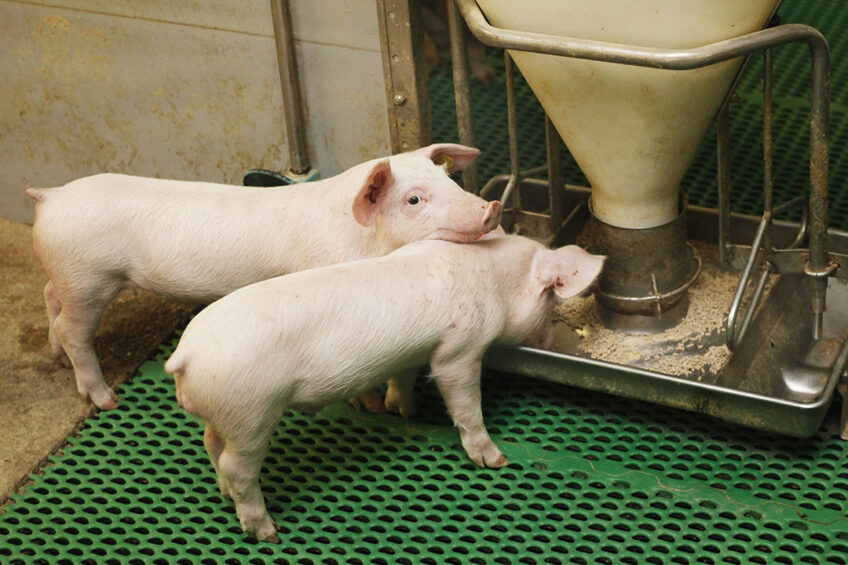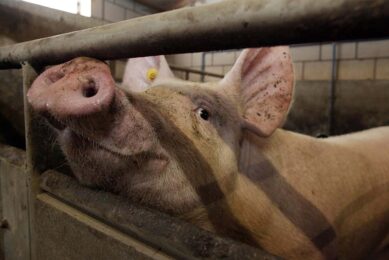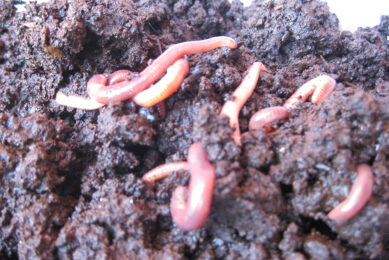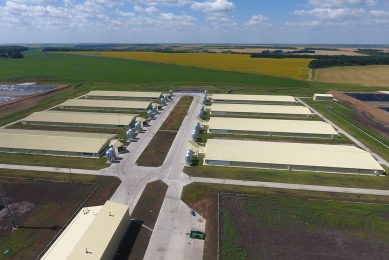Climate effects swine diets can now be measured

Making livestock farming more sustainable starts with a critical look at the feed and management choices made. A life cycle assessment can help to predict how sustainable these choices on a pig farm really are.
At the recent COP26 climate conference in Glasgow, world leaders debated how to tackle climate change. Farming is one of the contributors to the production of greenhouse gasses, such as methane, that contribute to climate change.
At the convention, bold statements were made that influence farming practices worldwide. The methane pledge was formally announced at COP26 to slash emissions of the potent greenhouse gas by 30% by 2030 from 2020 levels.
Nearly 90 countries have joined this US and EU-led effort so far. Also, COP26 facilitated the World Business Council for Sustainable Development and 12 partners to announce Regen10, an ambitious collective action plan to scale regenerative food production systems, worldwide, in a decade.
Adding a LCA to the mix
Agreements made at the climate conference can only be successful when the industry changes alongside and implements solutions to make farming more sustainable, without losing income for farmers. Feed processing, the use of certain ingredients and farm management practices regarding energy, manure amongst others, all influence how sustainable a farm is.
Trouw Nutrition, Nutreco’s animal nutrition division, has therefore added a life cycle assessment to its animal model for swine (called Watson). Animal models (available for various animal species) are used by animal nutritionists to predict the effect of certain feed choices/formulations on the animal and on economics. By adding the life cycle assessment, it is now also possible to predict what the effects are on environmental aspects such as acidification, land use, renewable resources, and water scarcity. For example, the levels of environmental pollutants, such as nitrogen and phosphorous, that will be retained in the animal versus excreted, can be calculated. Other aspects such as farm management decisions, ingredient transport methods and shipping distances can also be integrated into the model.
Evaluate and predict
Adding the life cycle assessment to the model adds a valuable ‘footprint data set’ to support decisions regarding farm management practices, pig flows, but also feed ingredient procurement. For example, swine integrators can evaluate how changes will influence the supply chain from farm to fork, and genetics companies can use the model to determine nutrient requirements as they change genetics.
From a precision nutrition perspective, users can see how each nutrient in a ration contributs to the overall environmental profile of an operation and their effect on animal performance. Mia Lafontaine, sustainability manager at Trouw Nutrition, notes, “Sustainability on the farm is becoming even more important as countries are considering carbon taxes for the agricultural sector. Traditionally, models delivered information about the financial and animal effects that could be expected from different choices, but environmental indicators have lagged. With Watson, users can tap into insights that will continue to benefit animal and financial outcomes, while addressing the importance of environmental sustainability.”
Watson is used by Trouw Nutrition’s compound swine feed operations. In the future, Trouw Nutrition will offer a similar process to support producers of other species.











